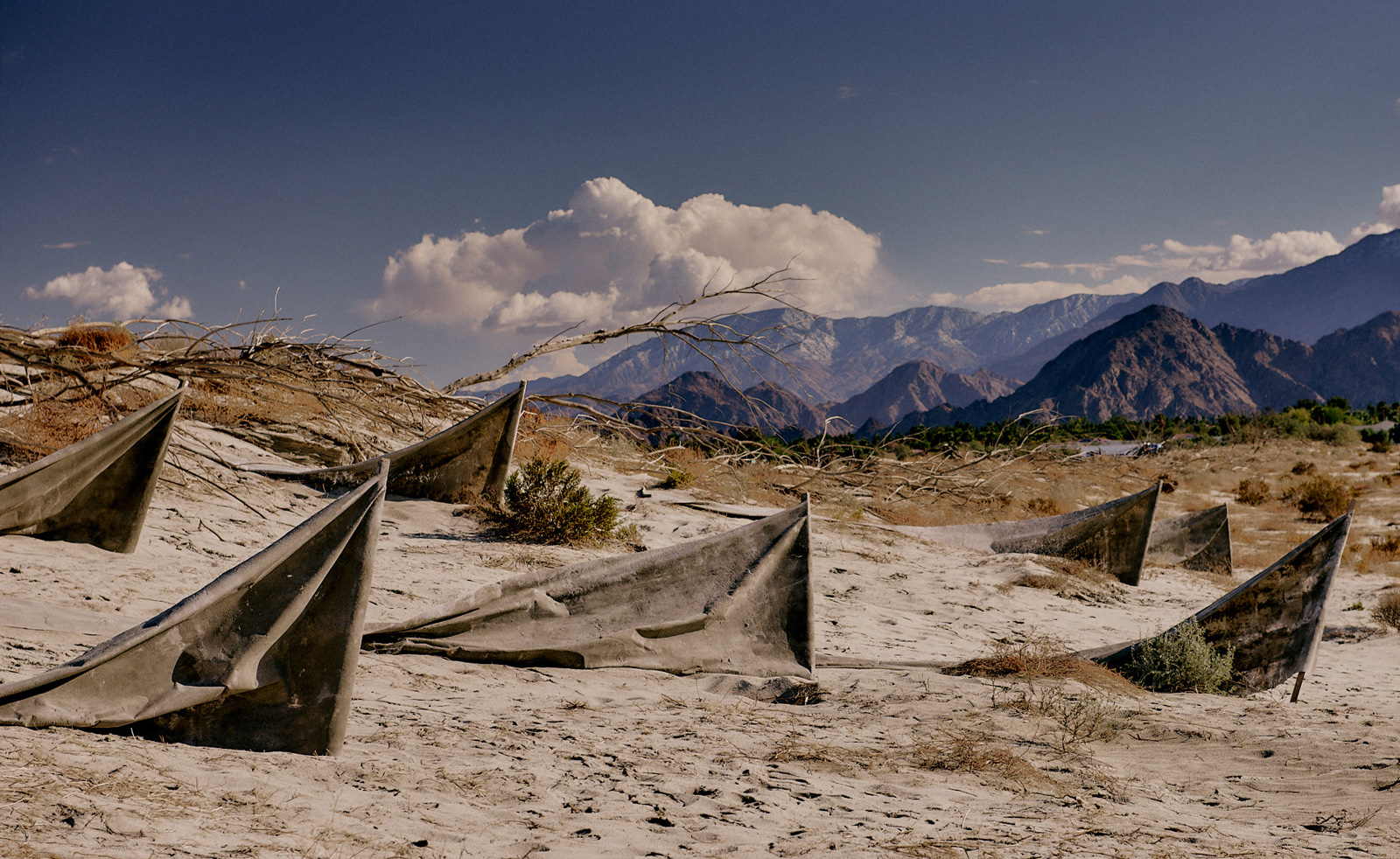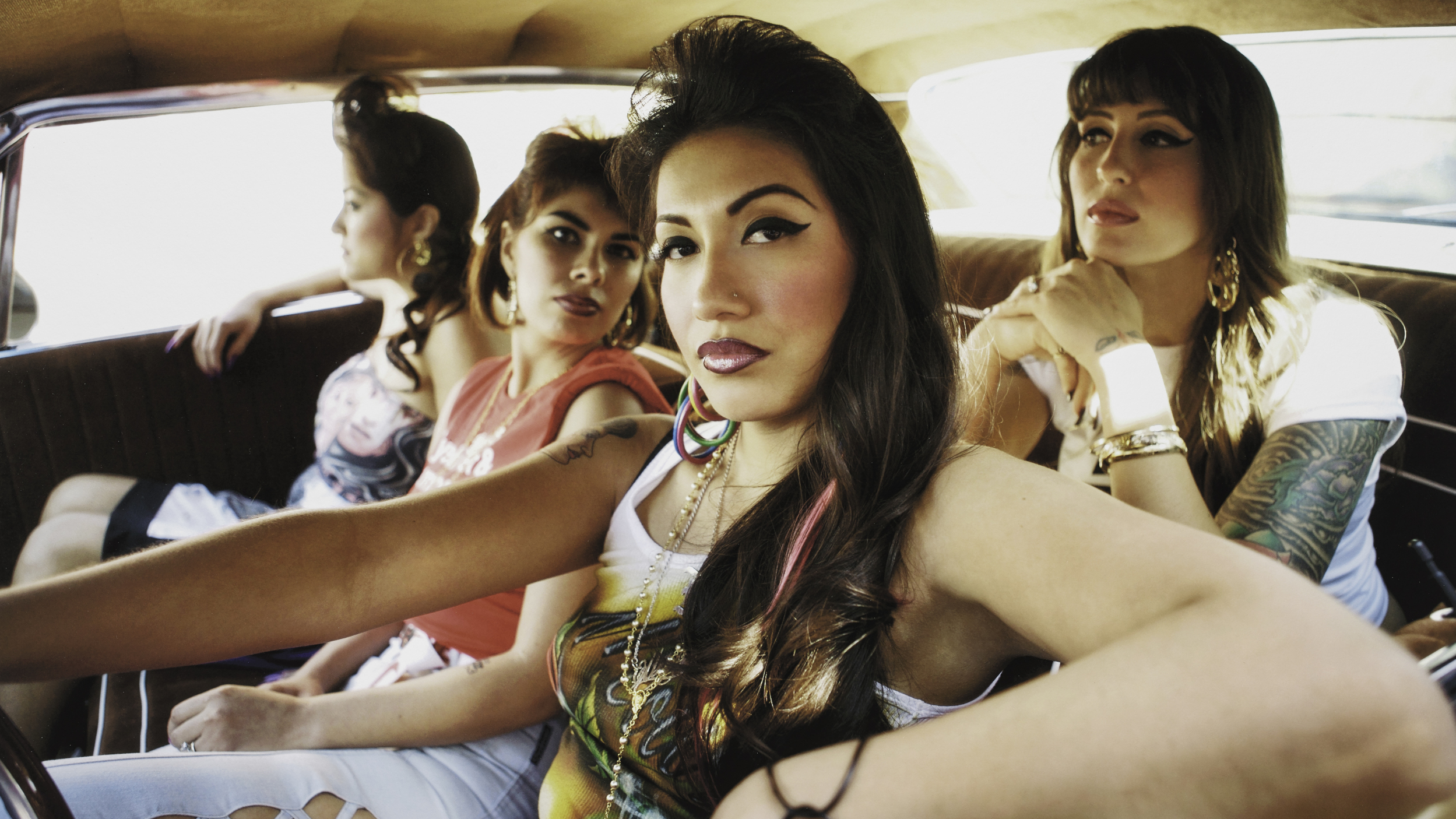James Casebere captures Luis Barragán’s architecture in miniature

‘In the gardens and homes I have designed I have always tried to allow for the interior placid murmur of silence,’ said Luis Barragán in his 1980 Pritzker Prize acceptance speech. In a new body of work by the American artist James Casebere, that silence sings.
‘Emotional Architecture’, on view through 11 March at New York gallery Sean Kelly, explores the concepts that Barragán cherished — serenity, silence, intimacy, amazement — as essential for private life yet lacking in an International Style of shadowless glass boxes. Casebere’s large-scale photographs immerse the viewer in the Mexican architect’s stark facades, vibrant colours, natural materials, and extraordinary apertures while opening up enchanting new corridors between the vernacular and the spiritual.

Reception Room – Casa Galvez, 2017,
‘I intuitively gravitated to Barragán, having known and appreciated his work for a long time, and started with an image of his house and studio,’ says Casebere, who created a table-sized foamcore model of the concrete building and then photographed it — a method he has previously used to interrogate spaces ranging from prison cells to Thomas Jefferson’s Monticello. ‘I was interested in creating a space that was contemplative and solitary and beautiful, without the associations of confinement.’
The stunning images, which also depict models of Barragán’s Casa Prieto-López, Casa Gálvez, and Casa Gilardi (a career-spanning greatest hits sampler), delight the eye while gently vexing the rest of the brain. Amid the clear, bright planes of colour and Photoshop-straightened lines, touches of the handmade proudly remain for those who look close enough: would-be wooden floorboards gradually reveal their forced perspective, a grassy patch snaps into focus as the scrubby faux turf traversed by model trains, a speckled black floor shows itself as a square of carpet padding.

Vestibule, 2016,
‘I change the architecture in many cases to suit the photograph, and also philosophically I eliminate things or I emphasise things,’ explains Casebere, who decided to strip away all of Barragán’s staircases. ‘I just have this association with them, that it’s transcendental or somehow religious in association, so I took every staircase out of every space, and yet I left the crosses, because formally they’re so important.’ One such cross takes the form of wooden girders supporting the floor-to-ceiling window in Living Room (2017); it is one of a family of linear elements that rhyme with the photographs’ dark wood frames.
A counterpoint to the colourful, sun-dappled joy of the exhibition’s main room of ten photographs is the chilly and chilling Grandstand (2016), which gets a darkened front space all to itself. Framed by an ominous thicket of flags and grey clouds, a granite podium stands empty, with a trio of microphones assembled in anticipation of a barking ideologue. ‘It’s based on Albert Speer’s podium or grandstand at Nuremberg,’ says Casebere. ‘That’s in the show just because of this moment, politically. I felt that I had to bring it in.’ And so Barragán’s serene silence is juxtaposed with the garish cacophony of President Trump.

Empty Studio, 2017,

Yellow Overhang with Patio, 2016,

Courtyard with Orange Wall, 2017,

Library, 2017,
INFORMATION
‘Emotional Architecture’, until 11 March, Sean Kelly Gallery. skny.com
ADDRESS
Sean Kelly Gallery
475 10th Avenue
New York
Wallpaper* Newsletter
Receive our daily digest of inspiration, escapism and design stories from around the world direct to your inbox.
Stephanie Murg is a writer and editor based in New York who has contributed to Wallpaper* since 2011. She is the co-author of Pradasphere (Abrams Books), and her writing about art, architecture, and other forms of material culture has also appeared in publications such as Flash Art, ARTnews, Vogue Italia, Smithsonian, Metropolis, and The Architect’s Newspaper. A graduate of Harvard, Stephanie has lectured on the history of art and design at institutions including New York’s School of Visual Arts and the Institute of Contemporary Art in Boston.
-
 All-In is the Paris-based label making full-force fashion for main character dressing
All-In is the Paris-based label making full-force fashion for main character dressingPart of our monthly Uprising series, Wallpaper* meets Benjamin Barron and Bror August Vestbø of All-In, the LVMH Prize-nominated label which bases its collections on a riotous cast of characters – real and imagined
By Orla Brennan
-
 Maserati joins forces with Giorgetti for a turbo-charged relationship
Maserati joins forces with Giorgetti for a turbo-charged relationshipAnnouncing their marriage during Milan Design Week, the brands unveiled a collection, a car and a long term commitment
By Hugo Macdonald
-
 Through an innovative new training program, Poltrona Frau aims to safeguard Italian craft
Through an innovative new training program, Poltrona Frau aims to safeguard Italian craftThe heritage furniture manufacturer is training a new generation of leather artisans
By Cristina Kiran Piotti
-
 Leonard Baby's paintings reflect on his fundamentalist upbringing, a decade after he left the church
Leonard Baby's paintings reflect on his fundamentalist upbringing, a decade after he left the churchThe American artist considers depression and the suppressed queerness of his childhood in a series of intensely personal paintings, on show at Half Gallery, New York
By Orla Brennan
-
 Desert X 2025 review: a new American dream grows in the Coachella Valley
Desert X 2025 review: a new American dream grows in the Coachella ValleyWill Jennings reports from the epic California art festival. Here are the highlights
By Will Jennings
-
 This rainbow-coloured flower show was inspired by Luis Barragán's architecture
This rainbow-coloured flower show was inspired by Luis Barragán's architectureModernism shows off its flowery side at the New York Botanical Garden's annual orchid show.
By Tianna Williams
-
 ‘Psychedelic art palace’ Meow Wolf is coming to New York
‘Psychedelic art palace’ Meow Wolf is coming to New YorkThe ultimate immersive exhibition, which combines art and theatre in its surreal shows, is opening a seventh outpost in The Seaport neighbourhood
By Anna Solomon
-
 Wim Wenders’ photographs of moody Americana capture the themes in the director’s iconic films
Wim Wenders’ photographs of moody Americana capture the themes in the director’s iconic films'Driving without a destination is my greatest passion,' says Wenders. whose new exhibition has opened in New York’s Howard Greenberg Gallery
By Osman Can Yerebakan
-
 20 years on, ‘The Gates’ makes a digital return to Central Park
20 years on, ‘The Gates’ makes a digital return to Central ParkThe 2005 installation ‘The Gates’ by Christo and Jeanne-Claude marks its 20th anniversary with a digital comeback, relived through the lens of your phone
By Tianna Williams
-
 In ‘The Last Showgirl’, nostalgia is a drug like any other
In ‘The Last Showgirl’, nostalgia is a drug like any otherGia Coppola takes us to Las Vegas after the party has ended in new film starring Pamela Anderson, The Last Showgirl
By Billie Walker
-
 ‘American Photography’: centuries-spanning show reveals timely truths
‘American Photography’: centuries-spanning show reveals timely truthsAt the Rijksmuseum in Amsterdam, Europe’s first major survey of American photography reveals the contradictions and complexities that have long defined this world superpower
By Daisy Woodward